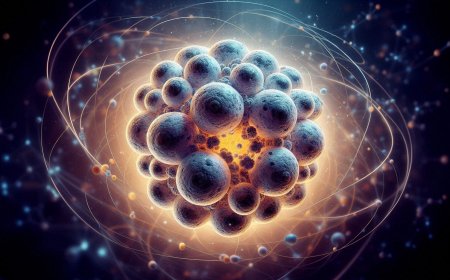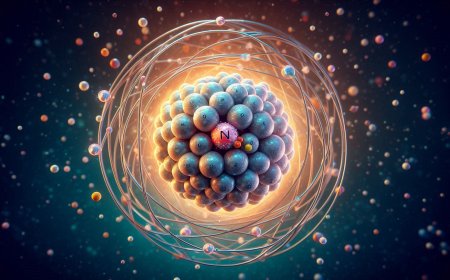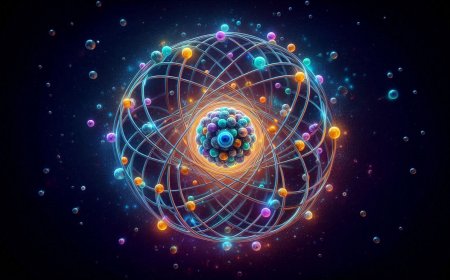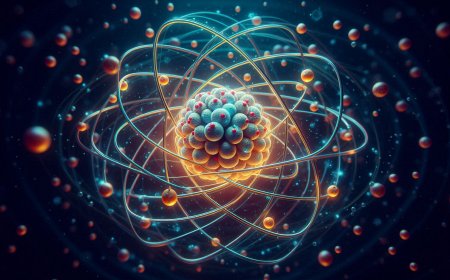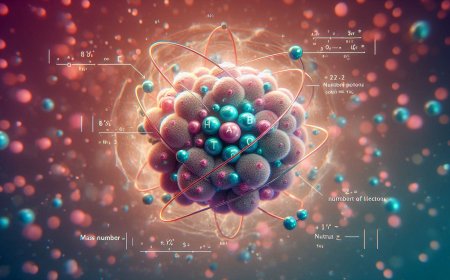The Dual Nature of Electrons: Understanding Wave-Particle Duality in Chemistry
Explore the dual nature of electrons in chemistry, delving into wave-particle duality, quantum mechanics, and its impact on atomic structure and chemical bonding.
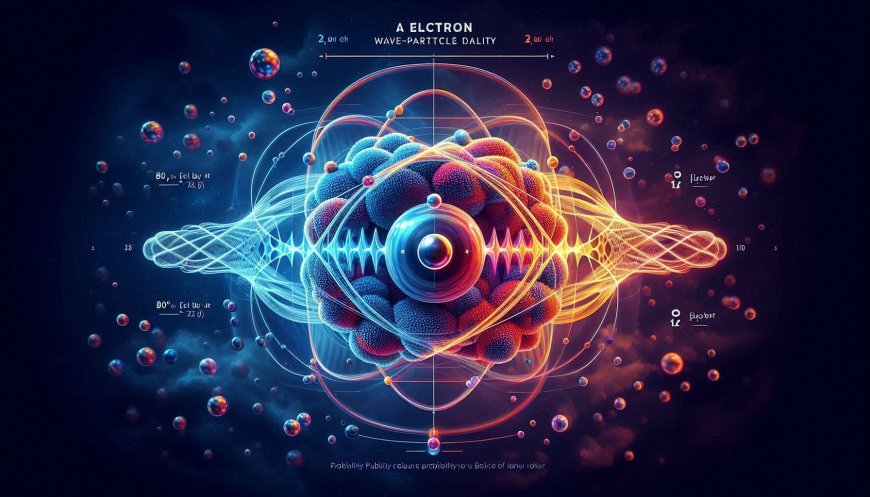
In the fascinating world of chemistry, electrons play a central role in forming the structure of atoms, bonding with other atoms, and ultimately defining the behavior of matter. However, the true nature of electrons has long been a subject of intrigue and exploration in science. Are they particles or waves? The answer lies in an extraordinary concept called the dual nature of electrons.
The Discovery of Electron Duality
The concept of electron duality first emerged with the work of scientists like Louis de Broglie in the early 20th century. De Broglie suggested that electrons, just like light, exhibit both particle and wave properties. This revolutionary idea challenged the classical physics view of particles and waves as mutually exclusive phenomena.
In 1924, de Broglie proposed that all matter has a wave-like nature, with a wavelength inversely proportional to its momentum. This proposal opened a new chapter in quantum mechanics, suggesting that even particles with mass, such as electrons, could behave like waves under certain conditions.
Experimental Evidence: The Famous Double-Slit Experiment
One of the most compelling pieces of evidence for the wave-particle duality of electrons came from the double-slit experiment. When a beam of electrons is directed toward a barrier with two slits, the electrons, surprisingly, produce an interference pattern on the screen behind the slits. This pattern, characterized by alternating bright and dark bands, is typical of wave behavior.
However, when scientists tried to observe which slit an electron passed through, the interference pattern disappeared. Instead, a pattern characteristic of particles emerged. This peculiar behavior shows that electrons exhibit both wave and particle properties, depending on whether or not they are observed.
Quantum Mechanics and Wave Functions
Quantum mechanics, the branch of physics that deals with atomic and subatomic systems, provides a mathematical framework to understand electron duality. In this framework, electrons are described by wave functions – mathematical expressions that represent the probability of finding an electron in a particular region of space.
The concept of electron waves explains why electrons do not simply orbit the nucleus in fixed paths, as depicted in older atomic models. Instead, they exist in probability clouds called orbitals, where each orbital represents a region in which an electron is likely to be found.
The Implications of Electron Duality in Chemistry
Electron duality is not just a theoretical concept; it has significant implications in chemistry. The wave nature of electrons helps explain why atoms bond and form molecules. According to molecular orbital theory, atomic orbitals combine to form molecular orbitals, where electrons in a molecule behave as delocalized waves. This wave behavior allows electrons to stabilize molecules by lowering their energy through bond formation.
Another critical concept impacted by electron duality is the Heisenberg Uncertainty Principle. This principle, which states that the position and momentum of an electron cannot both be precisely determined, underscores the probabilistic nature of electron behavior. This understanding is essential in predicting chemical reactions and designing new molecules.
Modern Applications of Electron Duality
The wave-particle duality of electrons has paved the way for technological advancements that rely on quantum mechanics. For instance, the development of electron microscopes exploits the wave nature of electrons to achieve resolutions much higher than conventional light microscopes. Quantum computing, a rapidly growing field, also leverages principles of quantum mechanics, including electron duality, to perform computations beyond the capabilities of classical computers.
Conclusion
The dual nature of electrons reveals a beautiful yet complex aspect of the microscopic world. Understanding the wave-particle duality of electrons has deepened our knowledge of atomic and molecular structures, reshaped chemistry, and led to groundbreaking technologies. By embracing this duality, scientists continue to unlock the secrets of matter, bringing us closer to a more profound understanding of the universe.
Electron duality serves as a reminder of the mysterious yet awe-inspiring nature of the atomic world, challenging our intuition and pushing the boundaries of what we know.
What's Your Reaction?











